Before we get get rolling, I wanted to mention a couple of things that will help us really dig into the Word.
First, however you decide to study through the Biblical accounts each month is totally up to you. Feel free to simply review the current Biblical accounts, or study them again in more detail or with a different approach. Also, feel free to get it all done during the first week or stretch it out over the whole month. (Some months will cover several books.) It’s really up to what works best for your family during this stage of life. Whatever you do, just be sure to have a blast doing it!
Check out TheBibleFromAtoZ.com for some ideas on sharing each account. It’s a site I made a couple of years ago that stories through the Bible in chronological order using the alphabet as an organizational tool.
BibleMemory is a great app if you and your kids are working on memorizing Bible verses.
One more suggestion. A Bible dictionary, a concordance, and access to Strong’s numbers will be invaluable as we examine specific verses in more detail. Blue Letter Bible (BLB) has a website and an app with all of that information included. (Click on the verse then Interlinear to find Strong’s information, etc.) BibleStrong is another good app for Strong’s numbers.
Here’s why:
A fascinating fact I learned not long ago is that the original Hebrew language contained a little over 6,000 – 8,000 words compared to over 400,000 in English – approximately 470,000 in The Oxford English Dictionary, Second Edition. So, what does that mean? It means Hebrew words often have more than one meaning or use and knowing or having access to the various meanings and uses of a word can add much depth to your understanding of what the writer meant when he used that particular word. Another way our Sunday School teacher explained it is that Hebrew words often equate to thoughts rather than “things”.
For example, consider Psalm 23:4 – “…thy rod and thy staff they comfort me”. According to the Blue Letter Bible App, the word translated comfort means not only to console but also to be sorry or repent. See it now? Just like the shepherd uses his rod (like a club) and his staff to protect and pull his sheep back into the sheepfold, so the Good Shepherd also protects me and guides me to repentance pulling me back into His fellowship.
The roots of Hebrew words can also add meaning and increase our understanding of Scripture. Our SS teacher also explained the root of the Hebrew word translated “train” in Proverbs 22:6 – “Train up a child in the way he should go” – comes from a word for a balm made out of dates mothers would put on their breasts to teach their babies to nurse. The bitter taste would make them suck in which would provide milk at the same time. Proverbs 22:6 is actually an idiom which says to train the palate of the child toward the mouth of the way. (Mouth is not included in English because we do not have the nursing connotation.) In other words, as our teacher put it, we are to make the way of the Lord appetizing to our children so they crave Jesus!
Finally, one other interesting word we can probably all see an instant connection in the different uses is “dabar” which means a crib or a feeding trough. I don’t think that one needs any explanation!
I hope you found all that as fascinating as I did and that it increases your desire to really dig into Scripture and glean some insights we or our kids may not have seen before.
Ready? Let’s get started!
